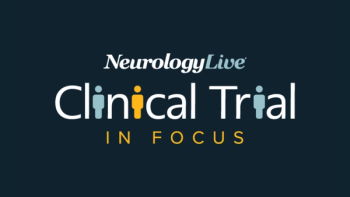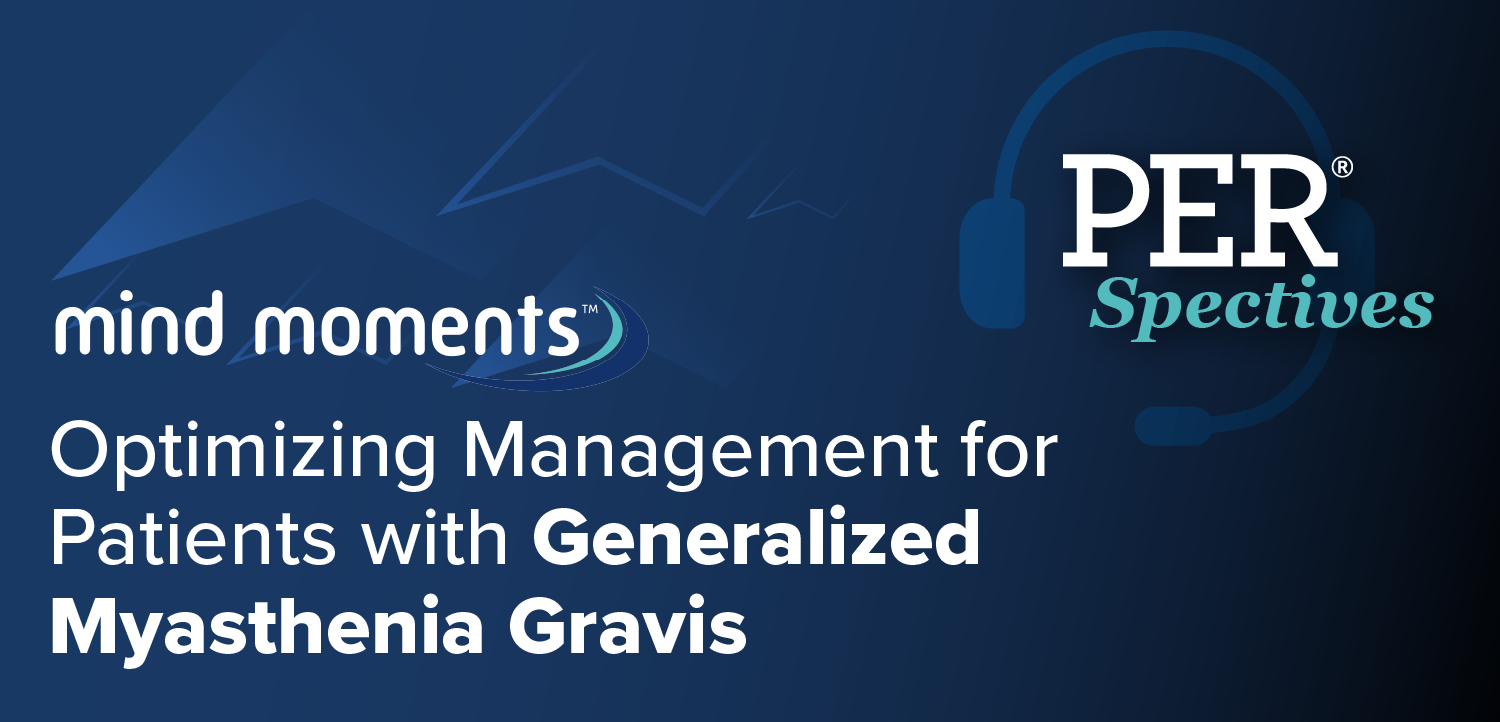
NeuroVoices: Kumar Budur, MD, MS, on BP1.15205 as a Next-Gen Therapy for Narcolepsy
Key Takeaways
- BP1.15205, a novel orexin 2 receptor agonist, shows high potency and selectivity, with no adverse effects in 3-month GLP preclinical studies at doses up to 300 mg/kg/day.
- The compound's unique structure allows for low dosing and potentially once-daily administration, potentially benefiting patients with narcolepsy and related conditions.
The chief medical and scientific officer at Harmony Biosciences discussed the pharmacologic rationale and preclinical development of BP1.15205, a novel orexin receptor 2 agonist for hypersomnolence.
Narcolepsy is a rare, chronic, neurological disease of sleep-wake state instability that impacts approximately 170,000 Americans and is primarily characterized by excessive daytime sleepiness and cataplexy, along with other manifestations of REM sleep dysregulation. Harmony Biosciences, a pharmaceutical company focused on therapies for patients with rare neurological diseases, has built out a pipeline of innovative agents, including pitolisant (Wakix), an FDA-approved therapy for narcolepsy, and BP1.15205, an investigational treatment in development for sleep-wake disorders.
At the
For more clinical insights into the promising early-stage data and the rationale behind this new agent, NeurologyLive® reached out to Kumar Budur, MD, MS, chief medical officer and scientific officer at Harmony Biosciences. In the interview, Budur detailed the compound’s novel structure, its high potency, and preclinical findings that support once-daily dosing across multiple indications. Looking ahead, Budur outlined key considerations for upcoming first-in-human studies and reflected on the reliability of preclinical models in narcolepsy research.
NeurologyLive: What is the mechanism and function of this new therapy, BP1.15205?
Kumar Budur, MD, MS: BP1.15205 is a novel orexin receptor agonist designed to treat central disorders of hypersomnolence. Orexin receptor agonists represent a new wave of innovation in this space, and we’re very excited about this mechanism of action. Specifically with BP1.15205, we believe we have the potential to bring a best-in-class compound to patients with narcolepsy, idiopathic hypersomnia, and related conditions. I’m happy to expand on any aspect of BP1.15205.
It might be a little early, but how does this investigational agent differ from others in development or what's already out there?
None of the drugs in this class are approved yet, and the space is still in early development. There are several companies working on orexin receptor agonists, which speaks to the excitement around this mechanism and its potential impact. The only one that’s further along is Takeda’s compound, which targets orexin type 1 receptors only and is in phase 3. All others are in earlier phases. At Harmony, we’re steadily progressing. At SLEEP 2025, we presented a comprehensive preclinical package of safety and efficacy data and were very excited about both the data and the pharmacological profile. We’re on track to submit our IMPD and begin first-in-human studies—which actually begin today.
Can you share a bit more about the preclinical data you presented—what stood out clinically?
Starting with the pharmacological profile—BP1.15205 belongs to a novel class and doesn’t contain the typical pyrrolidinone, sulfonamide, or bicyclic moieties seen in other orexin agonists. That has major implications for potency, selectivity, and dosing. It’s the most potent orexin receptor agonist publicly profiled to date. Potency matters because it allows for low dosing across narcolepsy type 1, type 2, and idiopathic hypersomnia. Combined with its strong selectivity and once-daily dosing potential, this gives the compound a very compelling profile.
Our three-month GLP tox studies in two species came back clean, which is what we hoped for. In terms of efficacy, we tested it in both wild-type and transgenic mouse models. In the transgenic model, we saw improvements in wakefulness time at a dose of just 0.03 mg—the lowest dose ever tested in that model. It also improved sleep latency and suppressed cataplexy at very low doses.
Now that you're entering phase 1, what considerations are going into trial design?
Before we move to proof-of-concept studies, we need to establish safety and tolerability at different dose ranges. That’s our immediate goal in phase 1. In terms of the study population—healthy volunteers, sleep-deprived subjects, etc.—we haven’t disclosed those details yet, but we will soon. The ultimate goal is to advance the drug to a phase 2 proof-of-concept study as quickly as possible.
Some clinicians across neurology feel current preclinical models are outdated. What’s your view on the evolution of preclinical research in sleep?
In neuropsychiatric disorders generally, there’s often a gap between preclinical efficacy and clinical translation due to limitations in models. But in narcolepsy, we have a very well-standardized preclinical model—the transgenic mouse. It’s widely used, and what we observe preclinically tends to align with what we see clinically. So we have a high degree of confidence in our model. That’s not always the case in other disease areas, but for narcolepsy, the transgenic mouse is a reliable predictor.
Transcript was edited for clarity. Click here for more NeuroVoices.
Newsletter
Keep your finger on the pulse of neurology—subscribe to NeurologyLive for expert interviews, new data, and breakthrough treatment updates.




































